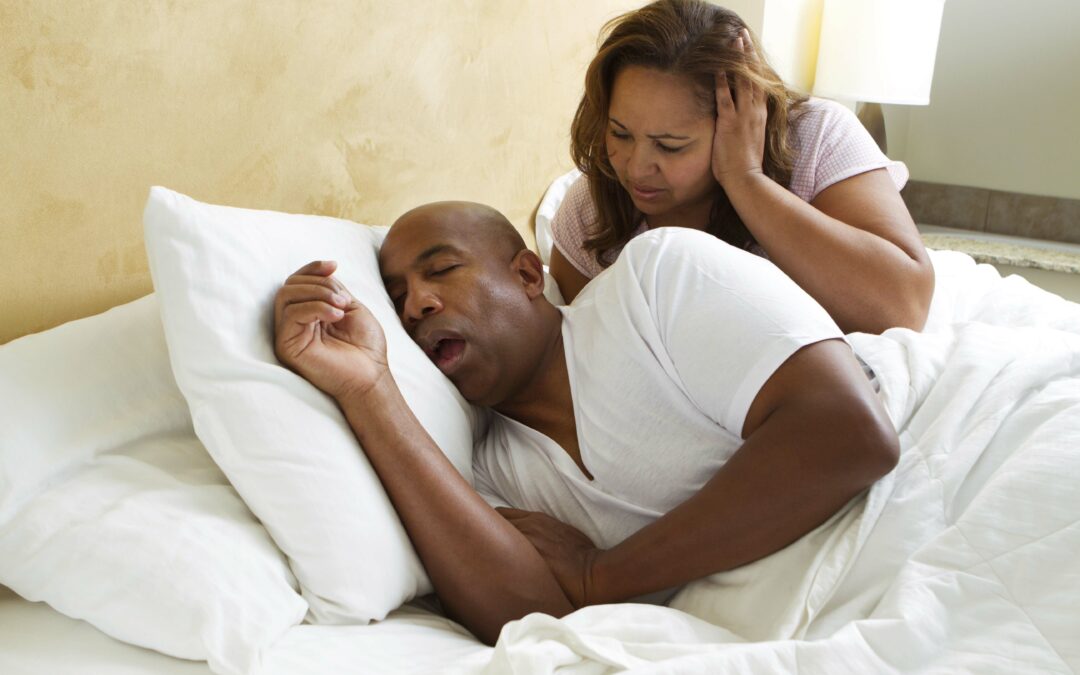It seems like every day I see a new ad for a sleep aid or a magazine article with the best tips for a good night’s rest. I’m not all that surprised since, according to a 2016 study by the Centers for Disease Control, almost 41 percent of U.S. adults do not wake up feeling well-rested most of the week. I am, however concerned. Insufficient sleep is associated with a plethora of chronic diseases and conditions – such as diabetes, cardiovascular disease, obesity, and depression – which threaten our nation’s health. Not to mention the significant number of motor vehicle and machinery-related crashes that cause substantial injury and disability each year.
If you find yourself in the same boat as 41 percent of the U.S. try a few of these tips:
• Stick to a sleep schedule. Go to bed at the same time and wake up time, even on the weekends. This helps to regulate your body’s clock and could help you fall asleep and stay asleep for the night.
• Practice a relaxing nighttime ritual. A calming, routine activity right before bedtime, performed away from bright lights, helps separate your sleep time from activities that can cause excitement, stress or anxiety which can make it more difficult to fall asleep, get sound and deep sleep or remain asleep.
• If you have trouble sleeping, avoid naps, especially in the afternoon. Power napping may help you get through the day, but if you find that you can’t fall asleep at bedtime, eliminating even short catnaps may help.
• Exercise daily. Vigorous exercise is best, but even light exercise is better than no activity. Exercise at any time of day, but not at the expense of your sleep.
• Evaluate your room. Design your sleep environment to establish the conditions you need for sleep. Your bedroom should be cool – between 60 and 67 degrees – and free from any noise that can disturb your sleep.
Finally, your bedroom should be free from any light. Check your room for noises or other distractions. This includes a bed partner’s sleep disruptions such as snoring. Consider using blackout curtains, eye shades, earplugs, “white noise” machines, humidifiers, fans and other devices.
• Sleep on a comfortable mattress and pillows. Make sure your mattress is comfortable and supportive. The one you have been using for years may have exceeded its life expectancy which is about 9 or 10 years for most quality mattresses. Have comfortable pillows, make your room attractive and inviting for sleep but also free of allergens that might affect you and objects that might cause you to slip or fall if you have to get up.
If you know and have implemented the above suggestions, and still aren’t sleeping well, you many need to consider other options. That’s where the Sleep Lab at St. Mary’s Medical Center comes in.
The first step is recognizing you have an issue and speaking with your primary care physician about it. They may want to rule out any physical barriers to getting good zz’s.
Barring physical impairments, your doctor may want you to undergo a sleep study and you just might be able to do it without even leaving your bed. We’ve recently made sleep studies available in the home. While insurance companies were initially reticent about the technology used outside the lab, more and more insurance companies are now requiring in-home studies as a screening tool for those who might need a full-fledged analysis in a traditional lab setting.
With the new requirements and patient demands, we’ve added a second in-home set-up. The test kit involves a recording unit and just six wired connections to the body. In a full sleep lab study, we’d place about 25 sensors on your body. I walk patients through the process of setting up the device, in an effort to minimize errors. The unit is then returned to our lab for analysis and recommendations, which may include treatment by positive airway pressure through a CPAP device.
Home monitoring is only for patients with breathing issues. Unlike traditional in-laboratory sleep studies, these do not screen for more than 80 other potential sleep disorders.
Also be aware that home sleep testing does not objectively monitor sleep or wakefulness as in a laboratory setting, because only limited sampling of blood oxygenation, heart rate, or respiratory airflow are recorded. Since portable monitoring devices don’t detect all cases of sleep apnea, your doctor may still recommend polysomnography (a full sleep study) even if your initial results are normal.
— Andy Portwood is the Lab Supervisor with St. Mary’s Medical Center Sleep Clinic. He can be reached at 816-655-5394.


